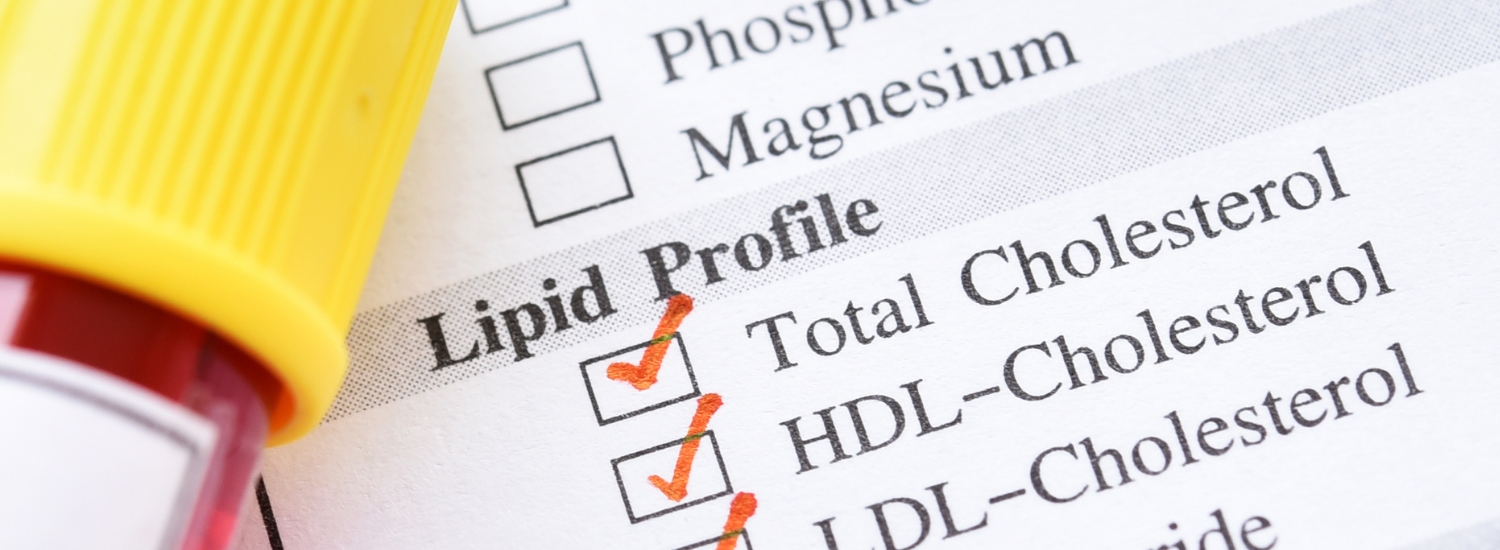Osteoporosis is a condition that causes bones to become weak and brittle, making them more susceptible to fractures. It often develops silently over many years, which is why prevention and early detection are crucial. Strengthening your bones and maintaining bone health throughout your life can significantly reduce your risk of developing osteoporosis later on. Longview Primary Care offers comprehensive care to help you prevent osteoporosis and manage bone health effectively.
Table of Contents:
- What is Osteoporosis?
- Risk Factors for Osteoporosis
- How to Prevent Osteoporosis
- Lifestyle Changes to Promote Bone Health
- Medical Treatments for Osteoporosis
- When to See a Healthcare Provider
- Final Thoughts
What is Osteoporosis?
Osteoporosis is a medical condition where bones become weak and fragile due to the loss of bone density. As bone mass decreases, bones become more porous, leading to an increased risk of fractures even with minor falls or injuries. Osteoporosis is often referred to as a “silent disease” because there are typically no symptoms until a fracture occurs.
The condition is most commonly seen in older adults, particularly postmenopausal women. However, it can affect anyone, regardless of age or gender.
Risk Factors for Osteoporosis
Several factors can increase your risk of developing osteoporosis. These include:
- Age: Bone mass naturally decreases as we age, especially after the age of 30.
- Gender: Women are more likely to develop osteoporosis, especially after menopause due to decreased estrogen levels.
- Family History: If osteoporosis runs in your family, your risk of developing it is higher.
- Diet: A diet low in calcium and vitamin D increases the risk of bone loss.
- Lack of Physical Activity: Inactivity can lead to weakened bones, as bones become stronger when subjected to weight-bearing exercises.
- Smoking and Excessive Alcohol Consumption: Both smoking and heavy drinking can contribute to bone loss.
- Certain Medications: Long-term use of corticosteroids or other medications can reduce bone density.
How to Prevent Osteoporosis
While you cannot reverse osteoporosis once it has developed, there are steps you can take to prevent bone loss and reduce your risk of fractures:
- Get Enough Calcium: Calcium is essential for strong bones. Adults should aim to get 1,000 mg of calcium per day (1,200 mg for women over 50 and men over 70). Dairy products, leafy greens, tofu, and fortified foods are excellent sources of calcium.
- Ensure Adequate Vitamin D Intake: Vitamin D helps the body absorb calcium. Aim for 600 IU per day (800 IU for those over 70). Sunlight, fortified milk, and fatty fish like salmon are good sources of vitamin D.
- Exercise Regularly: Weight-bearing exercises, such as walking, jogging, or strength training, are beneficial for building and maintaining bone density. Aim for at least 30 minutes of weight-bearing exercise most days of the week.
- Limit Caffeine and Alcohol: Excessive caffeine and alcohol consumption can interfere with calcium absorption and lead to bone loss. Moderation is key.
- Avoid Smoking: Smoking can accelerate bone loss and decrease bone density. Quitting smoking can improve overall bone health.
Lifestyle Changes to Promote Bone Health
In addition to dietary changes and exercise, there are other lifestyle adjustments that can help maintain strong bones:
- Maintain a Healthy Weight: Being underweight can increase the risk of bone loss, while being overweight can increase the risk of fractures due to excess strain on the bones.
- Get Regular Bone Density Screenings: If you are at risk for osteoporosis, getting bone density tests can help monitor bone health and detect early signs of bone loss.
- Balance and Fall Prevention: Falls can lead to fractures in people with weakened bones. Strengthening your muscles and improving balance through exercises like yoga or tai chi can reduce your risk of falling.
Medical Treatments for Osteoporosis
For individuals at high risk or those already diagnosed with osteoporosis, several treatments are available to help slow down bone loss and improve bone strength:
- Bisphosphonates: These medications, such as alendronate and ibandronate, help prevent bone breakdown and increase bone density.
- Hormone Replacement Therapy (HRT): For postmenopausal women, HRT can help maintain estrogen levels and prevent bone loss.
- Selective Estrogen Receptor Modulators (SERMs): These medications mimic estrogen’s effects on bones without some of the risks associated with HRT.
- Calcium and Vitamin D Supplements: If you have difficulty getting enough calcium and vitamin D from your diet, supplements can be an effective way to ensure your bones remain strong.
- Parathyroid Hormone Therapy: For severe osteoporosis, parathyroid hormone medications may help stimulate bone growth.
When to See a Healthcare Provider
If you’re concerned about osteoporosis or have risk factors such as a family history of the condition, it’s important to discuss your bone health with your healthcare provider. Your doctor can perform a bone density test to assess your risk and recommend appropriate preventive measures or treatments.
Final Thoughts
Osteoporosis is a preventable condition, and with the right lifestyle choices and medical care, you can maintain strong bones throughout your life. Early prevention, including a diet rich in calcium and vitamin D, regular weight-bearing exercise, and avoiding smoking and excessive alcohol, is key to reducing the risk of osteoporosis.
If you’re at risk or concerned about your bone health, schedule an appointment with us at Longview Primary Care for personalized care and recommendations. Our team is here to guide you in maintaining a healthy, active lifestyle and reducing your osteoporosis risk.
Disclaimer: The information provided in this blog is for educational purposes only and is not intended as medical advice. It should not be used to diagnose or treat any health condition. Always consult with a qualified healthcare professional for accurate diagnosis and treatment of any symptoms or medical concern. In case of Emergency, please call 911.










